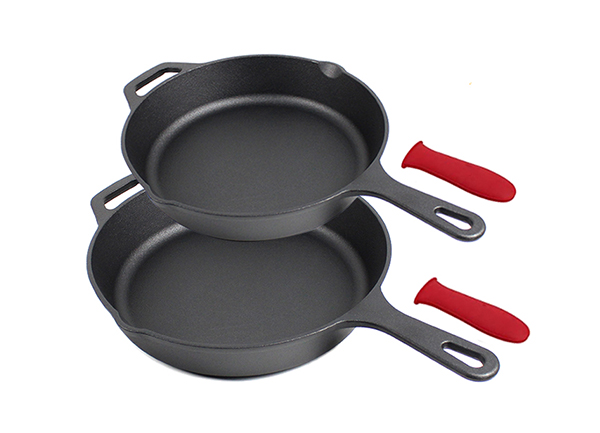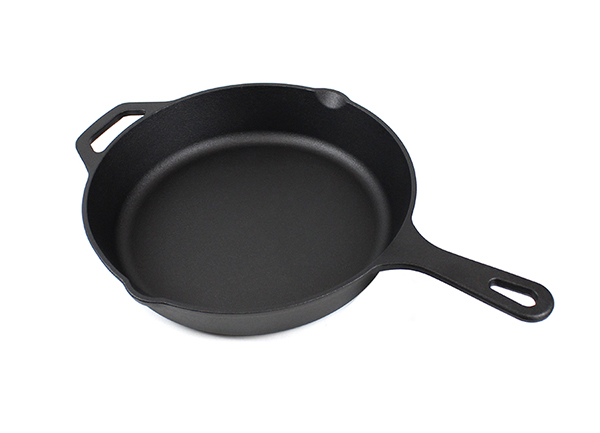Why should I buy a cast iron skillet?
A cast iron skillet is always known as something great. It is well known that the legend of the cast iron skillet is all, all about the cookware. But why? Today, we're going to delve into all things cast iron to really understand what these legendary frying pans can do and how they can benefit your commercial kitchen.
What is a cast iron frying pan?
Cast iron is one of the oldest cooking materials. It has been used for decades due to its important insulating properties. A cast iron frying pan takes the shape of a skillet or frying pan, but is made entirely of cast iron. This creates a heavy, durable and sturdy cooking vessel in which almost anything can be cooked.
The benefits of cast iron skillets
So, why cast iron? Here are some of the benefits you can get when you invest in a cast iron skillet
1. Cast iron frying pans get better with age
Today, we are always on the lookout for the latest and greatest non-stick frying pans. These pans are coated with a variety of different chemicals and materials, creating a fantastic surface that food seems to glide along without hesitation. Over time, old and well-seasoned cast iron can become that pan. With continued use and maintenance, cast iron frying pans can become non-stick, heavy-duty cooking vessels that can maintain high temperatures and release food with ease. This takes a lot of time and effort to ensure that the pan is well seasoned after each use.
2. Cast iron retains heat
We've mentioned this briefly before, but it really is one of the main benefits of cooking with cast iron. Once cast iron cookware is fully heated, it stays hot. This is something we have tried to replicate with stainless steel pans, but it falls short in comparison. Stainless steel cookware heats up evenly and quickly, but cast iron can retain that heat for a long time throughout the pan. This gives a much more even and desirable result for foods such as meats and steaks.
3. Cast iron is very durable
Cast iron really is the stuff of legends. Its use goes back decades and those first cast iron cookers are still available today. For some of the modern cookware we see today, this would not be possible. Stainless steel, non-stick and copper cookware all have a lifespan, but cast iron can last for years. They are virtually indestructible and get better with every use.
4. Cast iron prevents food from burning
One of the common misconceptions about cast iron frying pans is that they can burn food. This is true, but can easily be avoided. Cast iron has very poor heat conductivity. This means that the pan will create hot spots when it first comes into contact with heat. However, if you allow cast iron pans to preheat, you will quickly get a perfectly even cooking surface. The pan may get very hot and retain heat throughout to avoid food burning in certain places.
Notes on using a cast iron frying pan (disadvantages)
At first, cast iron may be a major adjustment for the cook. These pans are not the best. They take some time and some use to get to where they need to be to create delicious food. The size and weight can also be another challenge for cooks used to handling modern cookware. Cast iron is very heavy and can make handling more difficult when you need to move it around quickly and easily. As mentioned earlier, cast iron has poor thermal conductivity, which can be another challenge to get used to. You can usually cook immediately when the pan is heated, but with cast iron you need to preheat it to get the best results.
Cast iron frying pans are great pans that will last a lifetime in your kitchen. Through constant use, they will only get better, creating unique and desirable results for your food and the reputation of your restaurant. To find the absolute best cast iron skillet for your kitchen, turn to Shijiazhuang Sarchi Trade Co., Ltd for wholesale cast iron skillets.



评论
发表评论